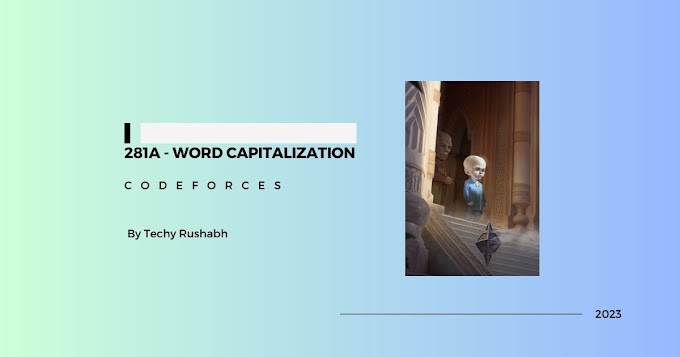Introduction
The world of AI is moving at breakneck speed, and Microsoft's latest unveiling, Vasa-1, is no exception. This groundbreaking AI can animate a single static image using any audio clip, creating lifelike talking faces with incredible realism. But before you get too excited about making your old photos sing, there's a catch. Let's dive into what Vasa-1 is capable of, its potential dangers, and why Microsoft is holding back its release.
What is Vasa-1? Lifelike Talking Faces Powered by AI
Vasa-1 is an AI framework designed to generate realistic talking faces from a single image and an audio clip. According to Microsoft's research, the AI not only synchronizes lip movements with the audio but also captures a broad range of facial nuances, natural head motions, and even emotions. This creates an illusion of authenticity and liveliness that surpasses previous AI-driven avatar technologies.
The core innovations behind Vasa-1 involve:
- Holistic Facial Dynamics and Head Movement Generation: A model operating within a face latent space to create realistic movements.
- Expressive and Disentangled Face Latent Space: Developed using videos to ensure nuanced and realistic facial expressions.
The AI can handle music, singing, and even non-English speech, even though the training data primarily used English speech and realistic faces. This versatility highlights the impressive capabilities of Vasa-1.
Key Features and Customization Options
Vasa-1 offers a range of customization options, allowing users to tweak various settings to control the output. These include:
- Eye Gaze Control: Adjust the direction of the eyes (left, right, up, center).
- Head Angle and Distance: Modify the angle and distance of the head to create different perspectives.
- Emotion Customization: Generate faces expressing neutral, happy, angry, or surprised emotions.
- Motion Sequence Transfer: Apply the same motion sequence from one face to another.
These features demonstrate the flexibility of Vasa-1, making it a powerful tool for creating highly customized and realistic talking faces.
Real-Time Performance and Technical Specs
One of the most impressive aspects of Vasa-1 is its real-time performance. The AI can generate 512x512 videos at up to 40 frames per second with minimal latency. Specifically, it has a "negligible starting latency," meaning the delay between processing the input and generating the output is minimal.
According to Microsoft, Vasa-1 can achieve these results on a standard desktop PC equipped with an RTX 4090 GPU – a consumer-grade graphics card, not an expensive, enterprise-level GPU. This suggests that the technology is relatively accessible from a hardware standpoint.
During the real-time demo, it has a latency of just 170 milliseconds.
The Dark Side and Why It's Not Being Released (Yet)
Despite its impressive capabilities, Microsoft has no plans to release Vasa-1 to the public, at least not for now. The reason? The potential for misuse.
The AI could be used for:
- Impersonation: Creating deepfakes to impersonate individuals, potentially for malicious purposes.
- Misinformation: Generating fake videos to spread false information and propaganda.
- Trolling and Scamming: Animating faces in real-time to deceive people during online interactions.
Microsoft acknowledges these risks and states that they will not release an online demo, API, product, or any additional implementation details until they are certain that the technology will be used responsibly and in accordance with proper regulations. It's a responsible stance, highlighting the ethical considerations surrounding powerful AI technologies.
Conclusion: A Glimpse into the Future, Delayed
Microsoft's Vasa-1 is a remarkable achievement in AI-driven avatar technology, demonstrating the potential to create incredibly realistic talking faces from static images and audio. Its real-time performance and extensive customization options are particularly impressive. However, the significant risks associated with its misuse have led Microsoft to delay its public release. While we may have to wait to experience Vasa-1 firsthand, its existence offers a tantalizing glimpse into the future of AI and its potential impact on communication and entertainment.
Keywords: Microsoft Vasa-1, AI Talking Faces, Deepfake Technology, AI Ethics, Real-Time Avatar Animation




0 Comments